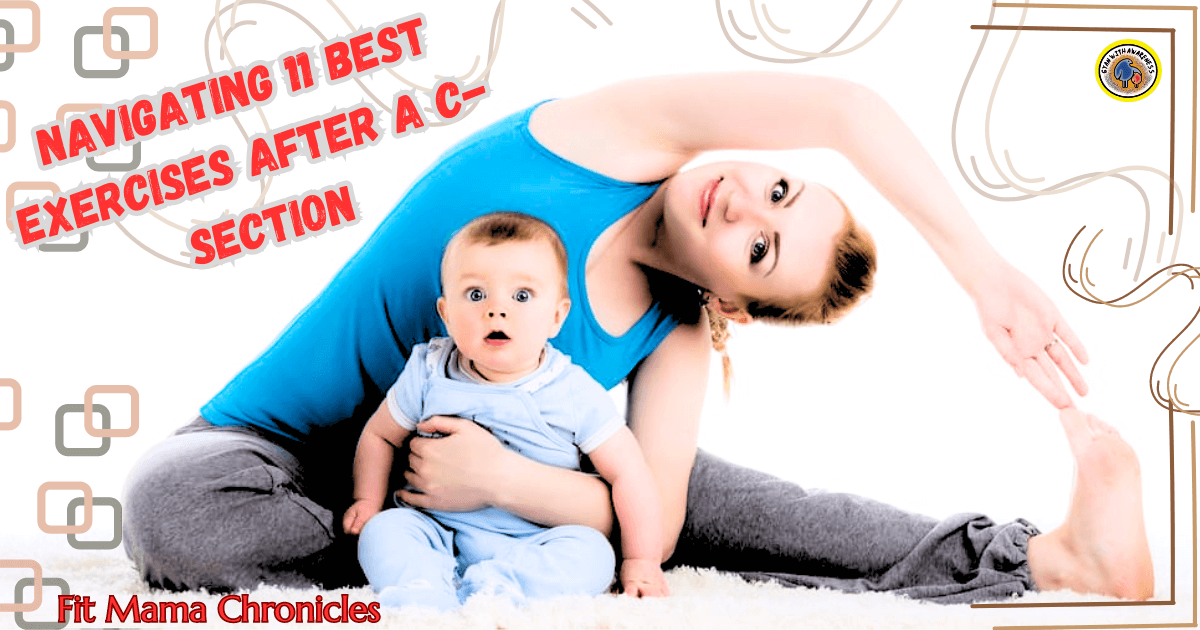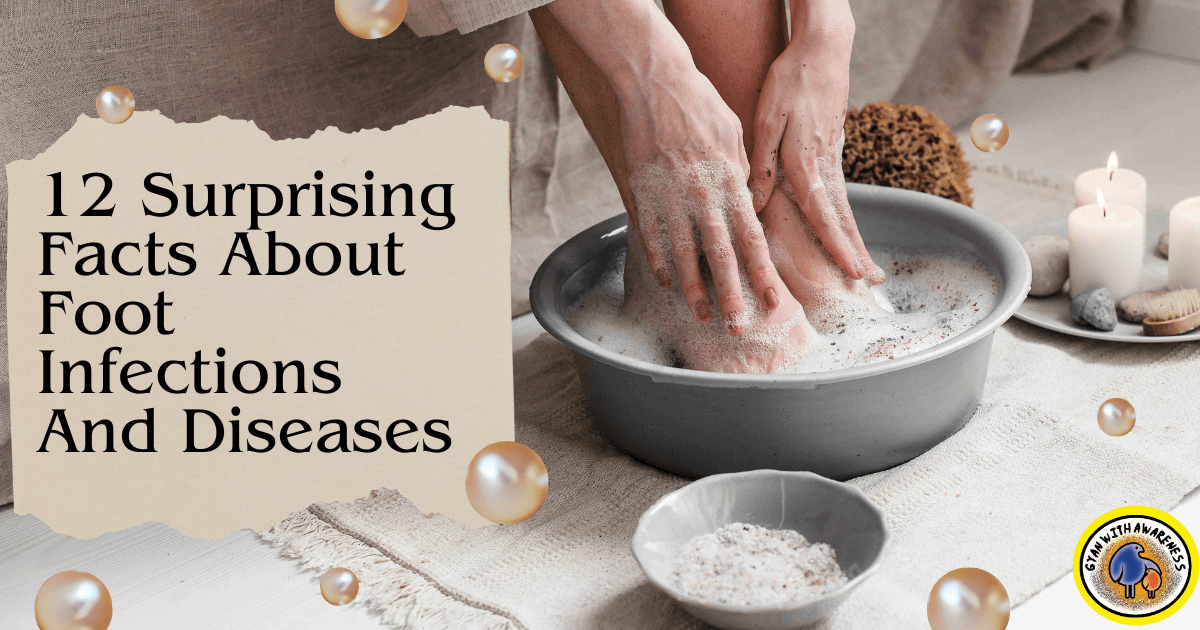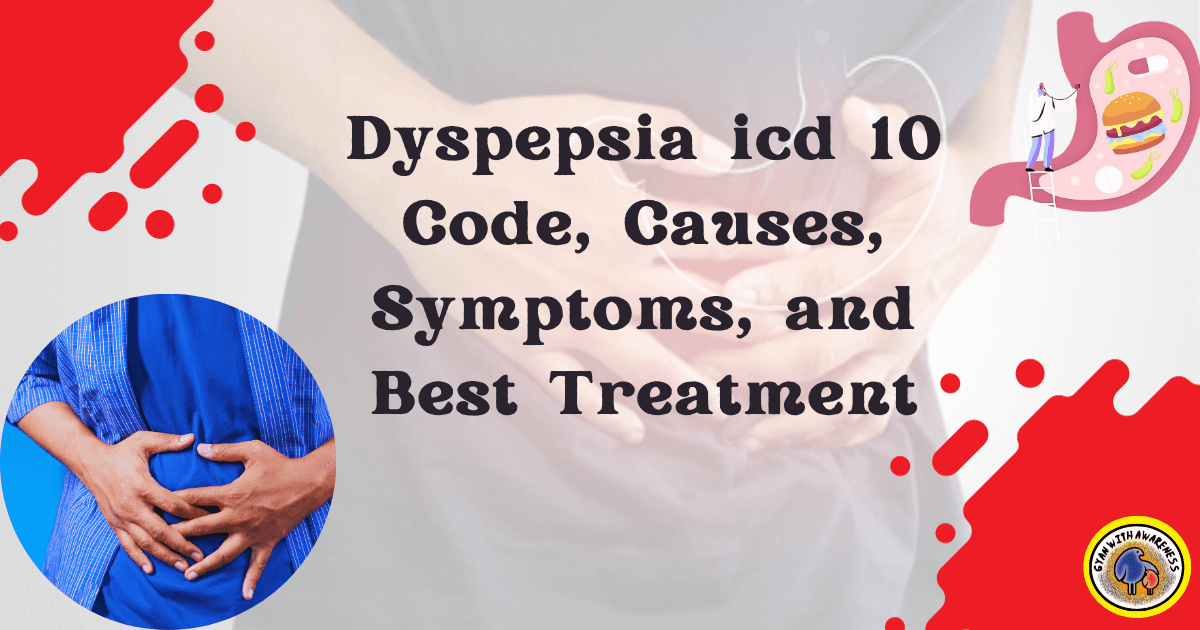A person’s everyday life, capacity for communication, and general well-being can all be profoundly impacted by deafness, a condition marked by a partial or whole loss of hearing. Deafness can happen at any age, including from birth, so it’s important to understand the various causes, be aware of the specific symptoms, and research the numerous options for treatment. With such a thorough understanding, both patients and healthcare professionals may successfully negotiate the complexities of this ailment and come up with unique management and mitigation plans.
Deafness has several underlying causes, including both congenital and acquired ones. Congenital deafness can result from birth difficulties, prenatal infection exposure, or genetic abnormalities. Contrarily, acquired deafness can be brought on by exposure to loud noises, getting older, contracting an infection, or receiving certain medical conditions or treatments. Understanding these underlying factors is essential for creating therapies that are tailored to each person’s unique requirements.
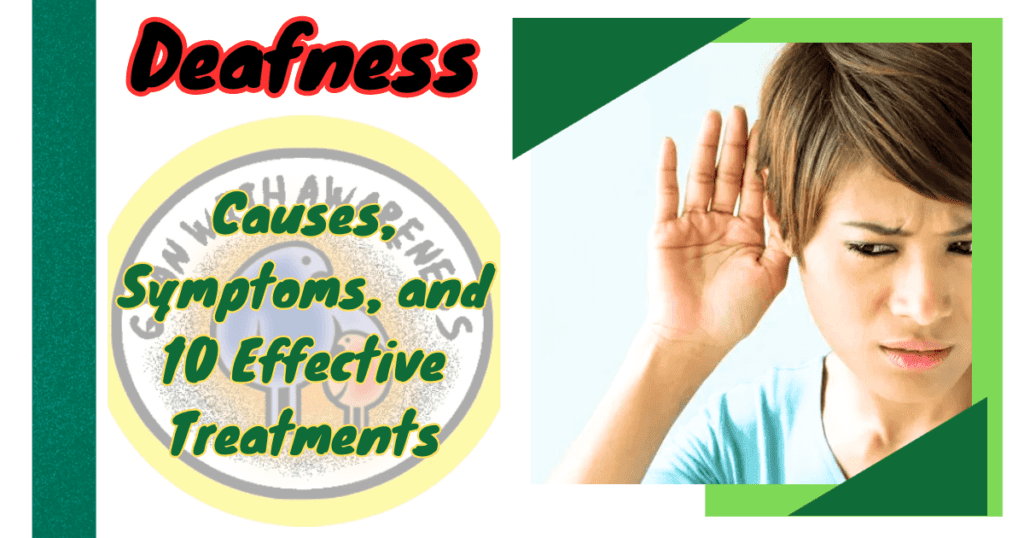
Identifying the symptoms of deafness is essential for timely intervention and support. These may include difficulty understanding speech, requiring higher volumes on electronic devices, and feeling socially isolated due to communication challenges. Additionally, children with deafness may exhibit delays in speech and language development. By recognizing these signs, individuals and their healthcare providers can work together to implement appropriate strategies, such as hearing aids, cochlear implants, or sign language, to enhance communication and improve overall quality of life.
This exploration of deafness delves into its causes, symptoms, and the array of effective treatments available, providing valuable insights for those affected by this condition and their healthcare partners. Through knowledge and personalized care, individuals can navigate the challenges of deafness with resilience and confidence, ultimately leading to an improved quality of life.
Also Read: Leprosy: Causes, Symptoms, and 10 Effective Treatments
Causes of Deafness
Genetic Variations: Congenital deafness occurs when a kid is born with hearing loss due to inherited genetic mutations.
Prenatal Infection Exposure: Some illnesses contracted during pregnancy, such as rubella or CMV, can cause hearing loss in the unborn child.
Birth complications: Infants who suffer from hearing loss during delivery may experience birth-related complications such as a shortage of oxygen.
Long-term exposure to loud noises, both at work and during leisure activities, can harm the delicate hair cells in the inner ear, causing noise-induced hearing loss.
Age-related hearing loss is a natural byproduct of the auditory system’s natural decline with advancing years (presbycusis).
Ear infections: Middle ear infections that are chronic or recurrent, especially in youngsters, can cause hearing loss.
Otosclerosis is a disorder where the middle ear’s aberrant bone growth impairs the transmission of sound waves.
Meniere’s disease is an inner ear condition that can result in vertigo, tinnitus, and varying levels of hearing loss.
Head Trauma: Serious head injuries might harm the inner ear structures or the auditory nerves.
Exposure to Ototoxic medications: Long-term high-dose aspirin use and several chemotherapy medications, in particular, can cause hearing loss.
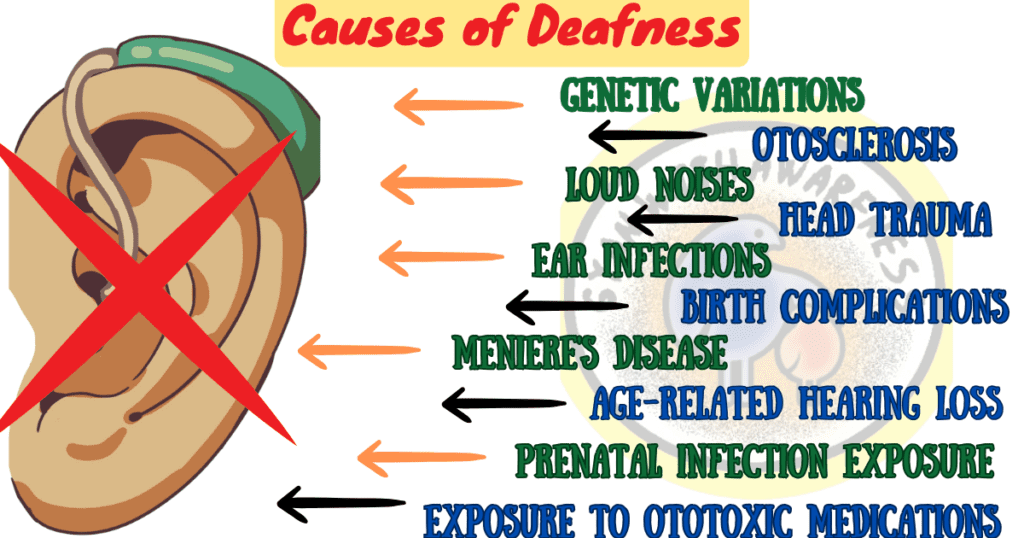
Signs of Deafness
Difficulty Understanding Spoken Words: Individuals with hearing loss may struggle to understand conversations, especially in noisy environments.
Frequent Request for Repetition: They may frequently ask others to repeat themselves or speak louder.
Turning Up the Volume: They often increase the volume on electronic devices, like televisions, radios, or phones, to levels that others find uncomfortably loud.
Social Withdrawal: Deafness can lead to isolation and withdrawal from social situations due to communication challenges.
Limited Participation in Group Conversations: They may avoid group settings or gatherings where it’s challenging to follow multiple conversations.
Telephone Communication Difficulties: People with hearing loss may have a hard time following phone conversations.
Delayed Speech Development in Children: Delays in speech and language development have been reported in children with hearing loss.
Struggling in Educational Settings: Students who are deaf may have trouble following lectures and taking part in class discussions.
Tinnitus: Tinnitus, often known as ringing or buzzing in the ears, is a condition that affects some people who have hearing loss.
Issues with Balance: Deafness-related inner ear issues can cause individuals to experience balance issues or dizziness.
Treatment Options for Deafness:
Hearing aids: For people with mild to severe hearing loss, these electrical devices that amplify sound are useful.
Cochlear Implants: Surgically implanted gadgets that directly stimulate the auditory nerve give those with severe to profound hearing loss a perception of sound.
Devices like FM systems, loop systems, and captioning services are examples of assistive listening devices (ALDs), which improve hearing in certain settings.
Bone Conduction Implants: For some types of hearing loss, these implants transmit sound waves through the skull’s bones rather than the outer and middle ears.
Middle ear implants: These surgically inserted devices improve sound transmission by enhancing the mobility of the middle ear bones.
Cochlear Implant Modifications: Cochlear implants are regularly programmed and modified to improve hearing performance.
Speech and Language Therapy: Assists people in developing their verbal, lip-reading, and sign language communication abilities.
Educational Support: Specialized educational planning and accommodations for deaf children, such as sign language interpreters and classroom amplification systems.
Earwax Removal: In some situations, impacted earwax can cause hearing loss, but getting rid of it can help you hear again.
Surgical Interventions: Surgical operations may be advised to address particular problems, such as mending damaged ear structures, depending on the underlying reason.
Indications for Seeking Medical Advice for Deafness
Sudden Onset of Hearing Loss: It’s critical to seek prompt medical assistance if hearing loss develops suddenly and there is no obvious cause.
Gradual and Progressive Hearing Loss: If your hearing gradually deteriorates over time, you should get checked out for any underlying medical conditions.
Ear Pain or Discomfort: Seeking medical attention for persistent ear pain or discomfort, particularly if it is accompanied by hearing loss, is advised.
A doctor should be consulted if you have ringing or buzzing in your ears (tinnitus), which can be a sign of several ear-related disorders.
Trauma to the head: Any head injury requires rapid medical attention to determine the extent of any potential damage, especially if it affects the ear.
Exposure to Loud or Sudden Noises: If exposed to an extremely loud or sudden noise, seeking medical advice can help assess potential damage to the ears.
Recurrent Ear Infections: Chronic or frequent ear infections, especially in children, should be evaluated to prevent potential hearing loss.
Balance Problems or Dizziness: Hearing loss accompanied by balance issues or dizziness may indicate an inner ear problem that requires medical attention.
Congenital Deafness in Newborns: Early detection and intervention in infants born with hearing loss is crucial for their development and well-being.
Significant Wax Buildup: If excessive earwax is causing hearing problems, it should be addressed by a healthcare provider to prevent further complications.
The Social Impact on Individuals with Deafness
Communication Barriers: Deaf individuals may face challenges in verbal communication, leading to potential isolation in social situations.
Educational Challenges: Deaf students may require specialized education plans, accommodations, and support to excel in academic settings.
Limited Access to Information: Deaf individuals may have difficulty accessing information from sources that primarily rely on verbal communication.
Social Isolation: Communication barriers can lead to feelings of isolation, as social interactions may be more challenging for those with hearing loss.
Employment Disparities: Deaf individuals may face barriers in the job market, potentially leading to higher unemployment rates or underemployment.
Psychological Impact: Deafness can lead to feelings of frustration, anxiety, or depression due to the challenges associated with communication.
Dependence on Assistive Devices: Many individuals with deafness rely on hearing aids, cochlear implants, or other devices for effective communication.
Stigmatization and Discrimination: Deaf individuals may experience discrimination or prejudice based on misconceptions about their abilities.
Cultural Identity: Some individuals within the Deaf community may identify strongly with Deaf culture, sign language, and shared experiences.
Advocacy and Empowerment: Many individuals and organizations work to raise awareness about deafness, advocate for equal rights, and empower those with hearing loss.
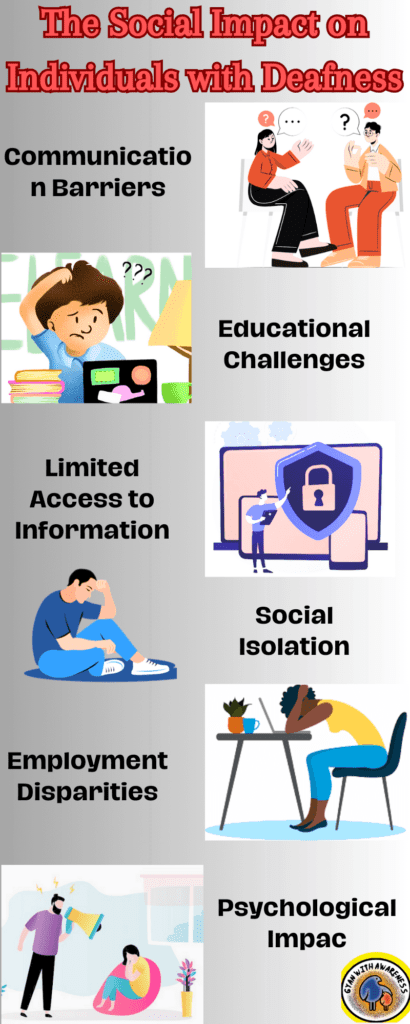
Ayurvedic Tips for Dealing with Deafness
Nasya Therapy: Administering medicated oils or herbal preparations through the nasal passages to support the health of the ears and sinuses.
Garlic Infused Oil: Applying warm garlic-infused oil around the ears to help alleviate congestion and promote ear health.
Bilva Leaves: Chewing or ingesting bilva leaves, known for their anti-inflammatory properties, to support overall ear health.
Triphala Rinse: Gargling with a Triphala decoction to help maintain the health of the throat and sinuses, which are connected to ear health.
Ghee Drops: Instilling warm ghee drops into the ears to soothe and nourish the ear canal.
Brahmi Oil Massage: Gently massage the scalp and ears with Brahmi oil, known for its rejuvenating properties, to support nerve health.
Pranayama and Nadi Shodhana are breathing practices that can be used to improve ear health as well as general well-being.
Aloe Vera Juice: Consuming aloe vera juice helps improve ear health by boosting the immune system and reducing inflammation.
Warm ginger compresses can be placed on the ears to relieve congestion and boost blood flow.
Avoiding Excessive Noise: Using conscious awareness to guard against exposure to loud noises, which can cause hearing loss, to protect the ears.

Deafness is a condition that, despite its numerous challenges, may be successfully handled with the right approaches. By combining medical care, assistive technology, and lifestyle changes, deaf people can lead happy lives. Since they can prevent future issues and enhance the general quality of life, early medical intervention and consultation are crucial.
Additionally, it is crucial to acknowledge and address the societal effects of deafness. Giving people with hearing loss accessible communication alternatives, inclusive education opportunities, and chances for empowerment can greatly enhance their quality of life. The Deaf community, along with committed professionals and campaigners, is essential to promoting deaf people’s equal rights and increasing public awareness of the issue.
Incorporating Ayurvedic practices can complement conventional treatments and contribute to holistic well-being. Ayurvedic tips, such as specific therapies, herbal remedies, and lifestyle practices, can provide additional support for individuals dealing with deafness.
Ultimately, a multidisciplinary approach, encompassing medical, social, and holistic strategies, offers the best chance for individuals with deafness to thrive and lead fulfilling lives within their communities.
FAQ:
Is Blindness a good spell?
“Blindness” is a term commonly associated with medical conditions causing significant visual impairment or loss of sight. In no context can it be considered a “spell” in the traditional sense. From a medical standpoint, blindness is a serious and often irreversible condition that profoundly impacts an individual’s daily life.
While some fictional narratives, especially in fantasy literature or role-playing games, may feature “blinding spells” as part of a magical or supernatural world, it’s essential to remember that these are entirely fictional and have no basis in reality.
In reality, vision is a crucial sense for navigating the world, and losing it can be emotionally and practically challenging. Various medical conditions, accidents, or congenital disorders can lead to blindness. However, advancements in medical science and technology, along with support systems, have made it possible for many blind individuals to lead fulfilling lives.
It’s crucial to approach discussions around blindness with sensitivity, respect, and an understanding of the real-world implications it holds for those affected.
Who does blindness affect the most?
People of all ages, genders, and socioeconomic backgrounds can go blind, although some groups are disproportionately affected. Globally, low- and middle-income nations have the highest frequency of blindness, particularly in areas with insufficient access to medical care, clean water, and sanitary facilities. Children and older people are frequently the most impacted in these places.
Children in these areas may go blind for reasons that can be avoided or treated, like starvation, infections, and a lack of access to essential medical care. Childhood blindness can also result from congenital problems or untreated eye conditions.
Older persons in high-income nations are more likely to lose their vision from age-related ailments such as macular degeneration, cataracts, and glaucoma. Given the aging population in many affluent countries, age-related vision problems are a serious concern.
The fact that blindness can strike anyone, regardless of age or social class, should not be overlooked. Blindness can occur in people from all walks of life due to conditions like diabetic retinopathy, accidents, and some inherited disorders. To lessen the effects of blindness on afflicted people and communities, early detection, appropriate medical care, and accessibility to vision-enhancing technologies are crucial.
Which gender is more likely to be blind?
kindness does not inherently discriminate based on gender; however, certain conditions may affect one gender more than the other. For instance, worldwide, cataracts are a leading cause of blindness, affecting both men and women. However, in some regions, cultural and socioeconomic factors may limit women’s access to healthcare, including eye care, leading to higher rates of untreated cataracts.
In terms of gender-specific conditions, some types of eye diseases, such as X-linked retinoschisis, primarily affect males due to the genetic inheritance pattern of the condition. On the other hand, hormonal changes associated with menopause can increase the risk of certain eye conditions like age-related macular degeneration in women.
In the end, a complex interaction of genetic, environmental, and societal factors affects the prevalence of blindness. Instead of blaming vision loss exclusively on gender, it’s critical to tackle this issue with a sophisticated understanding of the different elements that contribute to it. Regardless of gender, having access to high-quality healthcare and early intervention are essential in the fight against blindness.
What are the 7 causes of blindness?
Cataracts: By obscuring the eye’s lens, cataracts impair vision and eventually lead to blindness if left untreated.
Elevated intraocular pressure is a hallmark of a group of eye conditions collectively referred to as glaucoma, which can injure the optic nerve and cause irreversible vision loss.
Age-Related Macular Degeneration (AMD): AMD damages the macular area of the retina, which results in loss of central vision.
Diabetes-related retinal disease, or diabetic retinopathy, affects the retina’s blood vessels and can result in blindness.
Trachoma: If neglected, this infectious eye disease brought on by germs can result in corneal scarring and eventually lead to blindness.
Onchocerciasis (River Blindness): This parasitic infection transmitted through blackflies can lead to severe itching, skin changes, and blindness due to damage to the eyes.
Injuries and Trauma: Severe eye injuries, whether from accidents, falls, or other trauma, can result in vision loss or blindness.
It’s important to note that timely medical intervention and access to quality eye care can prevent or mitigate the impact of these conditions, emphasizing the significance of regular eye examinations and early treatment.
Can a blind person see again?
In some cases, a person with vision loss may regain some or all of their sight through medical treatment, surgery, or assistive devices. The potential for vision restoration depends on the underlying cause of the blindness and the specific circumstances.
For instance, cataract surgery is a highly successful procedure that can restore vision for individuals with cataracts, which is a common cause of reversible blindness. Similarly, some forms of glaucoma can be managed with treatment to prevent further vision loss.
In cases of reversible conditions like corneal disease or certain types of retinal detachment, surgical interventions can sometimes restore vision.
Additionally, advances in medical technology and research, such as retinal implants and stem cell therapies, hold promise for future interventions to restore vision.
